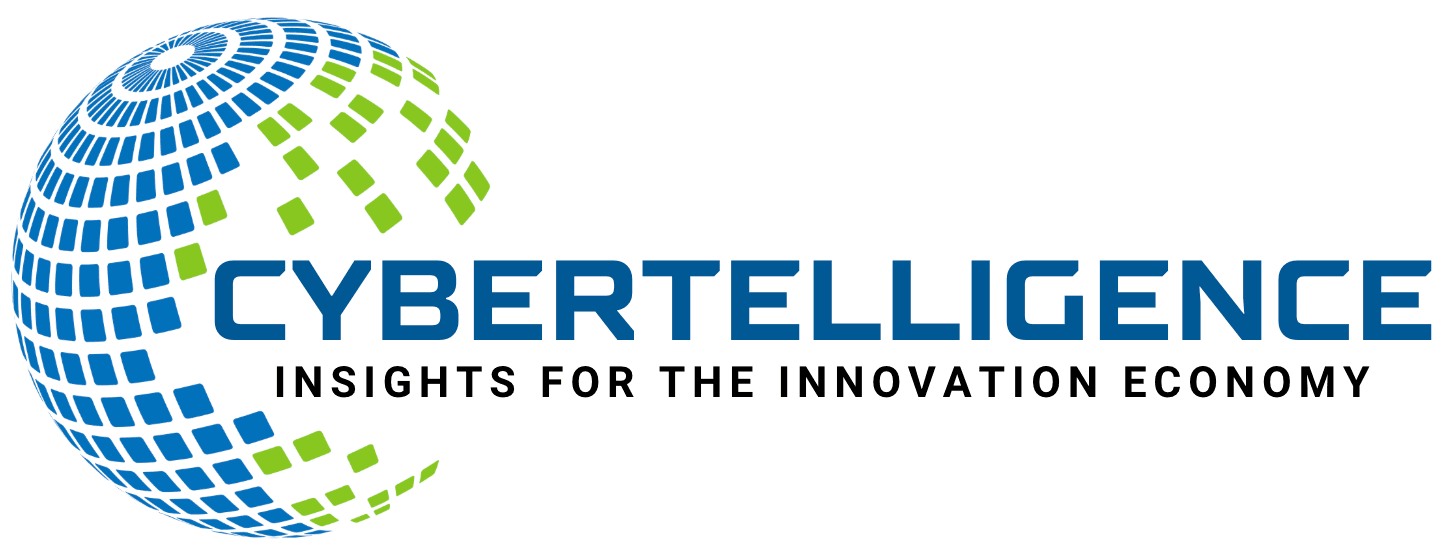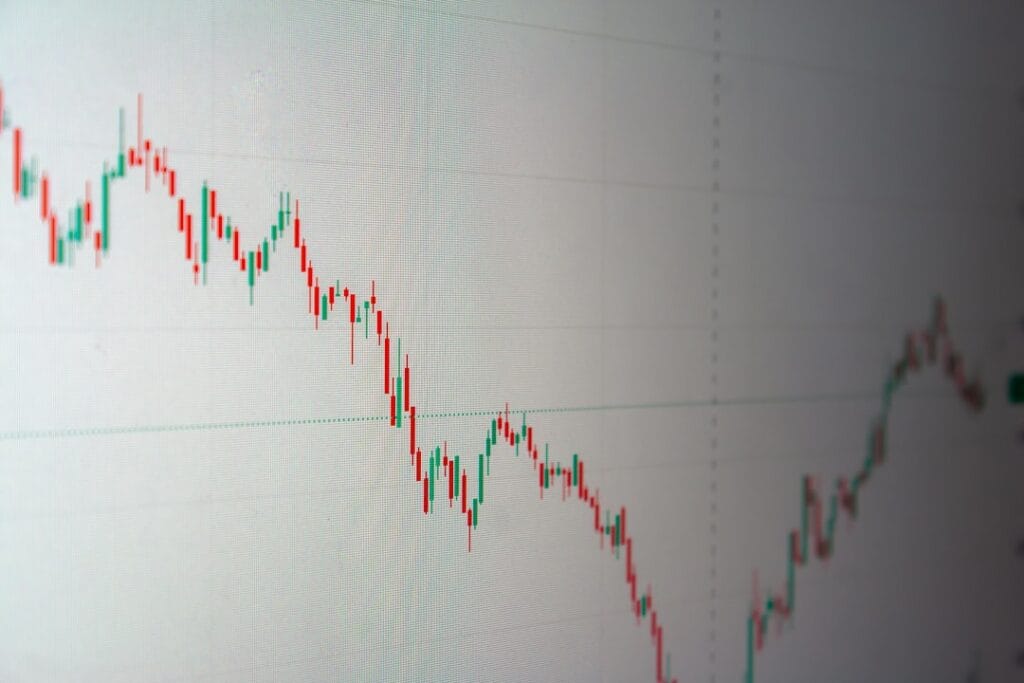Bitcoin, the first and most well-known cryptocurrency, was created in 2009 by an anonymous person or group of people using the pseudonym Satoshi Nakamoto. It operates on a decentralized network called blockchain, which is a public ledger that records all transactions. Bitcoin’s primary purpose is to serve as a digital currency that can be used for peer-to-peer transactions without the need for a central authority, such as a bank. Solana, on the other hand, is a relatively newer cryptocurrency that was launched in 2020. It is designed to provide a high-performance blockchain platform that can support decentralized applications and crypto-currencies. Solana aims to address some of the scalability and speed issues that have been associated with Bitcoin and other blockchain networks.
Bitcoin and Solana differ in their underlying technology and architecture, transaction speed and scalability, security and decentralization, use cases and applications, market performance and adoption, and future outlook and potential for growth. In this article, we will explore these differences in detail to provide a comprehensive comparison of the two cryptocurrencies.
Technology and Architecture Comparison
Bitcoin operates on a proof-of-work (PoW) consensus mechanism, which requires miners to solve complex mathematical puzzles to validate transactions and create new blocks on the blockchain. This process is energy-intensive and can lead to slower transaction speeds and higher fees during periods of high network activity. Solana, on the other hand, uses a proof-of-history (PoH) consensus mechanism, which leverages a cryptographic clock to timestamp transactions and order them in a sequence. This approach allows Solana to achieve high throughput and low latency, making it well-suited for applications that require fast and secure transactions.
In terms of architecture, Bitcoin’s blockchain is designed to be immutable and resistant to tampering, with each block containing a cryptographic hash of the previous block. This creates a chain of blocks that cannot be altered without invalidating subsequent blocks. Solana’s architecture is based on a novel approach called Proof of History, which uses a verifiable delay function to create a historical record of transactions. This allows Solana to achieve high throughput and low latency, making it well-suited for applications that require fast and secure transactions.
Transaction Speed and Scalability
One of the key differences between Bitcoin and Solana is their transaction speed and scalability. Bitcoin’s network can process around 7 transactions per second (tps), which can lead to delays and higher fees during periods of high network activity. Solana, on the other hand, has demonstrated the ability to process over 65,000 tps in real-world conditions, making it one of the fastest blockchain networks currently available. This high throughput and low latency make Solana well-suited for applications that require fast and secure transactions, such as decentralized finance (DeFi) and non-fungible tokens (NFTs).
In terms of scalability, Bitcoin has faced challenges in scaling its network to support a growing number of users and transactions. The introduction of the Lightning Network has helped to alleviate some of these scalability issues by enabling off-chain transactions, but it has not been widely adopted. Solana’s architecture is designed to be highly scalable, with the ability to support a large number of transactions without compromising on speed or security. This makes Solana well-positioned to support a wide range of applications and use cases that require high throughput and low latency.
Security and Decentralization
Security and decentralization are two important considerations when comparing Bitcoin and Solana. Bitcoin’s proof-of-work consensus mechanism is designed to be secure and resistant to attacks, with miners competing to validate transactions and create new blocks on the blockchain. However, the energy-intensive nature of proof-of-work has led to concerns about its environmental impact and centralization of mining power in certain regions. Solana’s proof-of-history consensus mechanism is designed to be secure and resistant to attacks, with a focus on achieving high throughput and low latency.
In terms of decentralization, Bitcoin’s network is considered to be highly decentralized, with thousands of nodes around the world participating in the validation of transactions and creation of new blocks. This distributed nature helps to ensure the security and integrity of the network. Solana’s network is also designed to be decentralized, with a large number of nodes participating in the validation of transactions and creation of new blocks. This distributed nature helps to ensure the security and integrity of the network.
Use Cases and Applications
Bitcoin and Solana have different use cases and applications due to their varying transaction speeds, scalability, security, and decentralization. Bitcoin is primarily used as a digital currency for peer-to-peer transactions, store of value, and investment. It has also gained popularity as a hedge against inflation and a means of transferring value across borders without the need for a central authority. Solana, on the other hand, is designed to support decentralized applications (dApps) and cryptocurrencies that require high throughput and low latency.
Some of the use cases for Solana include decentralized finance (DeFi), non-fungible tokens (NFTs), gaming, social media, and identity verification. These applications require fast and secure transactions, which makes Solana well-suited for supporting a wide range of use cases and applications. Bitcoin’s primary use case as a digital currency has limited its ability to support more complex applications that require high throughput and low latency.
Market Performance and Adoption
Bitcoin has been the dominant cryptocurrency in terms of market performance and adoption since its inception in 2009. It has achieved widespread recognition as a digital currency and store of value, with a market capitalization that exceeds $1 trillion at the time of writing. Bitcoin’s adoption has been driven by its first-mover advantage, brand recognition, limited supply, and growing interest from institutional investors.
Solana is a relatively newer cryptocurrency that has gained traction in the market due to its high throughput, low latency, and support for decentralized applications. Its market capitalization has grown rapidly since its launch in 2020, reaching over $40 billion at the time of writing. Solana’s adoption has been driven by its ability to support a wide range of use cases and applications that require fast and secure transactions.
Future Outlook and Potential for Growth
The future outlook for Bitcoin and Solana is influenced by their respective technology, architecture, transaction speed, scalability, security, decentralization, use cases, market performance, adoption, and potential for growth. Bitcoin’s future outlook is influenced by its ability to maintain its position as a digital currency and store of value in the face of competition from other cryptocurrencies. Its potential for growth is influenced by factors such as regulatory developments, institutional adoption, technological advancements, market sentiment, macroeconomic trends, and geopolitical events.
Solana’s future outlook is influenced by its ability to support decentralized applications (dApps) and cryptocurrencies that require high throughput and low latency. Its potential for growth is influenced by factors such as developer activity, user adoption, network effects, market sentiment, technological advancements, regulatory developments, institutional interest, partnerships, use cases, market performance, scalability, security, decentralization, competition from other cryptocurrencies, macroeconomic trends, and geopolitical events.
In conclusion, Bitcoin and Solana differ in their underlying technology and architecture, transaction speed and scalability, security and decentralization, use cases and applications, market performance and adoption, future outlook, and potential for growth. These differences make them well-suited for different use cases and applications within the cryptocurrency ecosystem. As the cryptocurrency market continues to evolve, it will be interesting to see how Bitcoin and Solana continue to compete and collaborate in shaping the future of decentralized finance (DeFi), non-fungible tokens (NFTs), gaming, social media, identity verification, digital currencies, store of value, investment opportunities, peer-to-peer transactions, cross-border payments, remittances, micropayments, smart contracts, tokenization of assets, decentralized autonomous organizations (DAOs), decentralized exchanges (DEXs), decentralized finance (DeFi), decentralized applications (dApps), Web3.0, Internet of Value (IoV), Internet of Things (IoT), machine-to-machine transactions (M2M), supply chain management (SCM), healthcare records management (HRM), identity management (IDM), voting systems (VTS), intellectual property rights management (IPRM), energy trading (ET), carbon credits trading (CCT), real estate tokenization (RET), art tokenization (AT), music tokenization (MT), film tokenization (FT), sports tokenization (ST), gaming tokenization (GT), virtual reality tokenization (VRT), augmented reality tokenization (ART), mixed reality tokenization (MRT), metaverse tokenization (MT), virtual land tokenization (VLT), virtual goods tokenization (VGT), virtual services tokenization (VST), virtual experiences tokenization (VET), virtual events tokenization (VET), virtual concerts tokenization (VCT), virtual festivals tokenization (VFT), virtual museums tokenization (VMT), virtual galleries tokenization (VGT), virtual auctions tokenization (VAT), virtual sports tokenization (VST), virtual gaming tokenization (VGT), virtual entertainment tokenization (VET), virtual education tokenization (VET), virtual healthcare tokenization (VHT), virtual wellness tokenization (VWT), virtual fitness tokenization (VFT), virtual beauty tokenization (VBT), virtual fashion tokenization (VFT), virtual luxury tokenization (VLT), virtual travel tokenization (VTT), virtual hospitality tokenization (VHT), virtual tourism tokenization (VTT), virtual leisure tokenization (VLT), virtual recreation tokenization (VRT), virtual sports betting tokenization (VSBT), virtual gambling tokenization (VGT), virtual casino tokenization (VCT), virtual lottery tokenization (VLT), virtual raffles tokenization (VRT), virtual sweepstakes tokenization (VST), virtual contests tokenization (VCT), virtual challenges tokenization (VCT), virtual competitions tokenization (VCT), virtual races tokenization (VRT), virtual tournaments tokenization (VTT), virtual games tokenization (VGT), virtual esports tokenization (VET), virtual music festivals tokenization (VMFT), virtual film festivals tokenization (VFFT), virtual art festivals tokenization (VAFT), virtual fashion shows tokenization (VFST), virtual beauty pageants tokenization (VBPT), virtual talent shows tokenization (VTST), virtual reality shows tokenization (VRST), virtual talk shows tokenization (VTST), virtual game shows tokenization (VGST).




